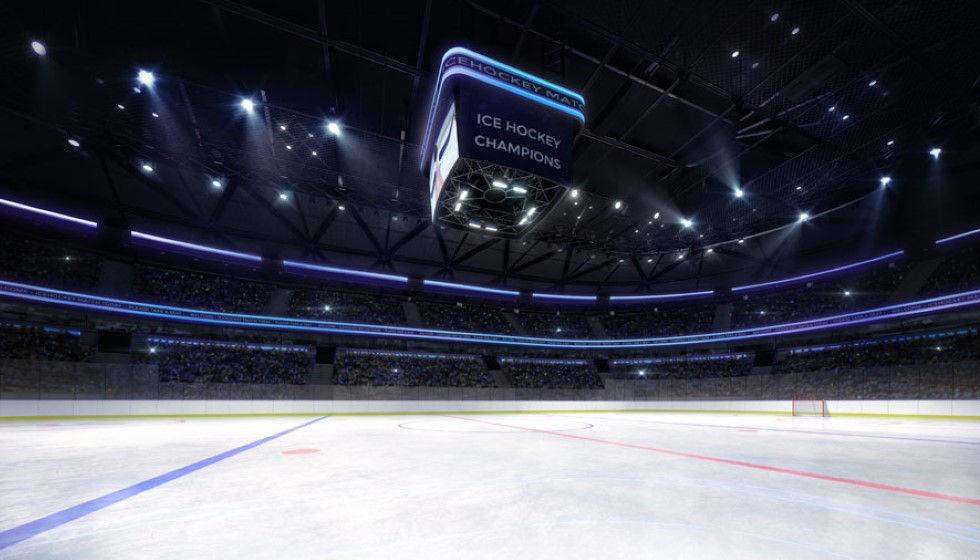
In a riveting showdown between the Toronto Maple Leafs and the New York Rangers, the spotlight didn’t just shine on the game's final score but also highlighted the imposing figures of Ryan Reaves and rookie Matt Rempe. Rempe, towering at 6 feet 7 inches and weighing 240 lbs, has quickly become a topic of discussion in the NHL for reasons extending beyond his physical prowess on the ice.
Rookie Enforcer on the Rise
Despite only playing seven games, Rempe has made his presence felt with a goal, an assist, and a remarkable 37 minutes in the penalty box, surpassing his actual gameplay time by 5 minutes. Termed often as an "enforcer," a role deeply ingrained in the fabric of hockey's culture, Rempe's introduction to the NHL has reignited the conversation around the controversial position.
However, this role has come under scrutiny, especially after the tragic deaths of Derek Boogaard, Wade Belak, and Rick Rypien in 2011, which spotlighted the potential dark side of this aspect of the game. Research suggesting a link between repeated fights and Chronic Traumatic Encephalopathy (CTE) added fuel to the debate. Contrary to these findings, NHL Commissioner Gary Bettman maintains a stance that there's no definitive link between fighting in hockey and CTE, a stance that continues to be contentious.
The Evolution of Hockey
The ethos of hockey is undeniably changing. The advent of analytics in the sport is reshaping the mold of an ideal player, making the traditional enforcer archetype, typically not known for scoring or exceptional skating abilities, harder to fit into modern lineups. This evolution aligns with the noticeable decrease in fighting incidents, steering the game towards a faster, more skill-oriented spectacle. Such shifts also mirror hockey's aim to be more inclusive, expanding its appeal and accessibility.
Still, fighting remains embedded in hockey's "code," with players and fans alike seeing it as an inerasable part of its DNA, a sentiment echoed by TNT's NHL panel which frequently discusses plays and fights. Analyst Paul Bissonnette notably praised Rempe's approach to the game as "old-school," commending him for standing up and answering for his actions on the ice.
A Cultural Battleground
The discussion surrounding enforcers like Rempe and the role of fighting in hockey transcends the sport, touching upon broader cultural and societal issues. This was particularly evident during the NHL’s All-Star break in Florida, where the league found itself in the midst of a political controversy following a critical response from Florida's Governor Ron DeSantis to an NHL LinkedIn post about a career fair. The governor's office emphasized their stance against any form of discrimination, amidst a backdrop of tension between sports entities and political figures over social and cultural issues.
Proponents of the enforcer role argue it ensures safety on the ice, suggesting that players like Rempe serve as deterrents to potentially harmful behavior by making individuals think twice before acting recklessly. Nonetheless, critics of fighting in hockey argue that the sport's physicality and aggression can be maintained without resorting to fisticuffs, pointing to the potential long-term health risks and the shift towards speed and skill as indicative of the sport's natural evolution.
Conclusion
As the NHL continues to evolve, the conversation about the role of enforcers and fighting in the game remains prevalent. Matt Rempe's early career illustrates the complexity of this debate, showcasing the balancing act between maintaining tradition and adapting to the modern landscape of the sport. While some view the presence of enforcers as a necessary safeguard within the game, others see their role as increasingly anachronistic in a league that's becoming faster, more skilled, and more attuned to the health and well-being of its players.
In the end, the discussion around figures like Rempe and the broader issue of fighting in hockey reflects the sport's ongoing struggle to define its identity in the 21st century. As hockey continues to grapple with these questions, it will inevitably be influenced by the changing values and expectations of its fan base, players, and the broader societal context in which it exists.